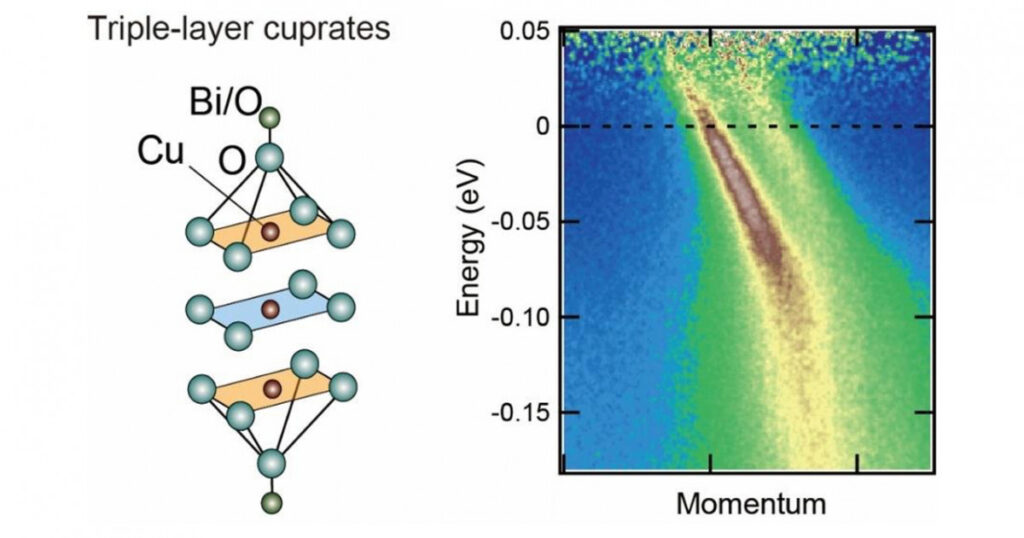
Superconductive materials, known for their ability to conduct electricity without resistance, have traditionally required extremely low temperatures to function. Achieving superconductivity at room temperature could revolutionize energy-efficient electronics and other technological fields. In a significant stride towards this goal, an international research team has made a groundbreaking observation of a special electronic state called a “nodal metal” in a copper and oxygen multilayer system.
The findings, published on October 27 in Nature Communications, involve researchers from Japan, Taiwan, and the United States. This discovery provides crucial insights into electronic behavior at varying temperatures, potentially paving the way for room-temperature superconductors.
Understanding Superconductivity and Nodal Metals
Superconductivity occurs when charge carriers, such as holes or electrons, are introduced into a two-dimensional copper oxide plane, explained Shin-ichiro Ideta, co-corresponding author and associate professor at the Hiroshima University Research Institute for Synchrotron Radiation Science. This process, known as doping, involves introducing defects into the system, which can be manipulated to achieve desired behaviors.
Copper oxide superconductors consist of a multilayer system, with transition temperatures varying based on the number of copper oxide layers. These systems can undergo significant physical transitions, including shifts into superconducting and strange metal states.
“It is empirically known that the transition temperature is maximized in a triple-layer system with three copper oxide planes,” Ideta stated. “However, it has been a long-standing mystery as to why the highest transition temperature is available and how the electrons behave at that temperature.”
Advanced Techniques and New Discoveries
To explore how different doping levels affect electron behaviors at various transition temperatures, the researchers employed high-resolution angle-resolved photoemission spectroscopy with synchrotron radiation. This method uses intense photon beams from a synchrotron, or particle accelerator, to excite electrons in a sample material, such as a triple-layer cuprate system.
By measuring the movement of these excited electrons, researchers can determine the material’s electronic band structure, revealing the relationship between energy and momentum. They can also measure an energy gap, which indicates a superconducting state by preventing electrons from being easily excited.
“Surprisingly, we found that superconducting electrons exist from temperatures much higher than the transition temperature in the inner copper oxide planes with very low hole concentration,” Ideta noted. This low doping-high superconductivity region is the “nodal metal” that can reveal how even higher transition temperatures can induce superconductive electrons.
Furthermore, the superconducting energy gap in this system is significantly larger than in conventional superconductors, suggesting that the “proximity effect” between the copper oxide planes stabilizes superconductivity.
Implications for Future Research
This discovery marks a major advancement in understanding high-temperature cuprate superconductivity. The formation of superconducting electrons at high temperatures is expected to guide the design and applied research of materials with high superconducting transition temperatures.
“This is the reason why the triple-layer cuprate superconductors show the highest superconducting transition temperature over other cuprate superconductors,” Ideta explained. “This is a major advancement in our understanding of the mechanism for high-temperature cuprate superconductivity.”
As researchers continue to explore the potential of nodal metals and their role in superconductivity, the possibility of developing room-temperature superconductors comes closer to reality. This breakthrough not only enhances fundamental scientific understanding but also holds promise for transformative applications in technology and energy efficiency.
The path forward involves further investigation into the properties of nodal metals and their interactions with other materials. As the scientific community delves deeper into these phenomena, the dream of room-temperature superconductivity may soon become a tangible reality.






